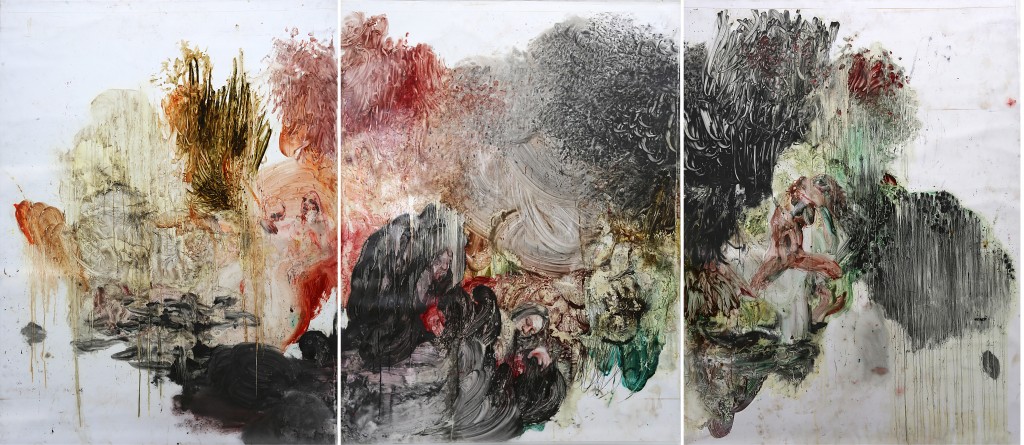Roger Caillois ends L’écriture des pierres with a brief cosmogony entitled “Entrée de la vie. L’autre écriture”. Here, the World, and Life in particular, seem to originate, not so much in a biogenetic model – according to which life is born only from other life – nor in its opposite, abiogenesis, but rather from the improbable and seductive oexistence of both. As if life began in or from stone, but, at the same time, as if the stone itself were able to guard the mystery of life even before its arrival. “Vint la vie”; thus begins the French poet and sociologist, who charts an unusual inventory, at once aesthetic, psychic and mystic, in which complex forms of the mineral world become innovative maps of the human imaginarium. Yet life seems to follow the eternal metamorphosis, imagined by Caillois, with a circular movement: its beginning is also its end; and so the “sophisticated damp that breaks the mineral perpetuity [and] dares to forsake it for the ambiguous privilege of trembling, rotting and proliferating,” quietens down with death. In the ebb and flow of centuries and millennia, it dissolves and turns to mud, but only in order to harden once again and become stone, in the form of a fossil. I’d like to think that, if it had been possible, Roger Caillois would have found more than an affinity between the solemn chambers of his thought and the delicate, profound art of Sarah Jerome. Her oiled papers, like her ceramics, render themselves, clearly, as matter – mineral, if not already vegetable – that trembles, rots and proliferates, culminating in the apparition, now of a spinal column, now of a piece of flesh, now of a human figure, albeit one never wholly formed; indeed, it is a figure that seems destined to be forever inseparable from that shapelessness which is both beginning and end. And the human figure – female first and foremost – takes on a mythopoeic function in that seething magma and its liquid combustions: rarely does it manifest itself without dragging along the ancient and vital presence of myth, or the literary episode. The fossil is precisely this interregnum, where the murmur of a thousand lives is kept in mineral fixity, and is conveyed by it. An analogous interregnum, in the limen between the ephemeral and the permanent, is what we call art.
Vittorio Paris
Il mormorio dei fossili
Sarah Jérôme
10 March - 2 May 2017
